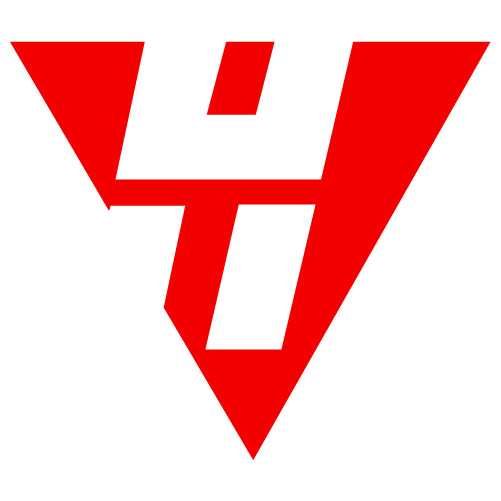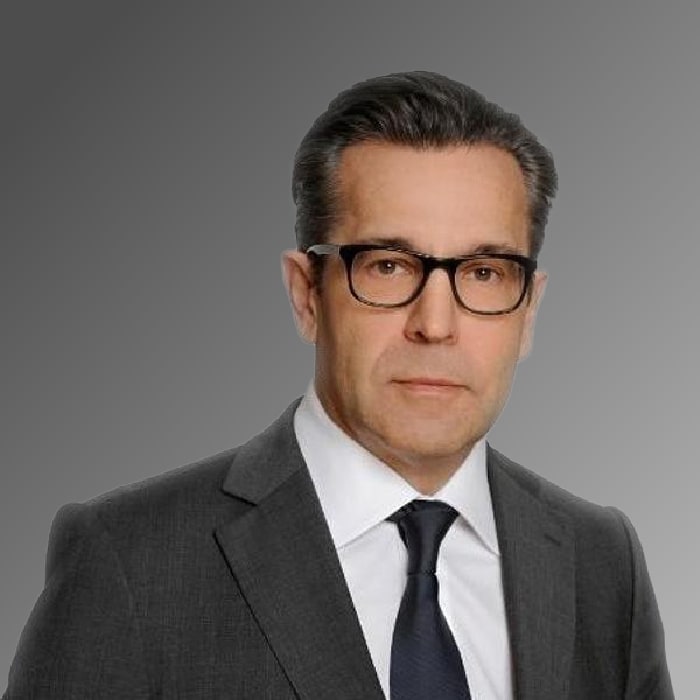Traversing Rough Seas: How Faran Guided Lam Capital Through A CEO-Mandated Pivot
May 14, 2024
Interviewed by Nicolas Sauvage on March 17, 2022
A CEO transition at Lam Research disrupted its CVC arm from top to bottom. Fortunately, with Faran Nouri at the helm, Lam Capital Global emerged stronger than ever, with a more secure connection to the mothership’s strategic positioning.
Background
As we have demonstrated in previous editions of Corporate Venturing Insider, there is no well-worn path to CVC leadership. Directors come from diverse backgrounds and experiences, and Faran is no different. In fact, she thinks her journey may be even more meandering than most.
She earned bachelor’s and master’s degrees in electrical engineering from the University of Colorado and a master’s in management from Stanford. In school, she developed an interest in solid-state and semiconductor physics. Between master’s degrees, she worked for a few Bay Area companies, starting with Hewlett-Packard.
“I was excited to come to Silicon Valley as a device physicist; back in those days there was still some silicon in Silicon Valley,” she quipped. “Then, I spent many years in different R&D roles in semiconductor technologies. I love the semiconductor industry because of its obvious impact on the way we live. I always thought the trajectory of my career was to become a CTO.
But with the maturation of Moore’s Law, Faran, like a lot of hardware engineers, found it increasingly difficult “to squeeze out more performance, and somewhere along the way and many years in, I started wanting to have more of a business impact,” she said.
Against most of her friends’ and family’s advice, she decided to give up her position to attend business school full-time. Though it was “pretty late in my career, I wanted to leave that career behind and restart.”
After Stanford, she invested in a few startups, preparing her for Lam Research’s 2014 search for deep-tech professionals with an understanding of semiconductors and an interest in startup investing. It was a perfect match.
Continuity and Change
While Lam Capital was not expected to become a cash cow, Faran never lost sight of the financial aspect of venture capital, “if for no other reason than the longevity of the team,” she said. “Given the peaks and valleys and changes within the mothership, it helps to deliver financial gains for cushion and to have money for reinvestment.”
Her team is fortunate to work for a patient corporate parent willing to give the CVC the long leash and autonomy it needs to succeed.
“Corporate venture arms live at the pleasure of the CEO,” Faran acknowledged. “Unless you’re given some space to work in, you can’t thrive. (The parent must see) that it’s going to take time for us to see value out of the corporate venture.”
Lam Research allowed Lam Capital to take the time it needed to get things right. The CVC arm spent the first year of its existence developing best practices, benchmarking, coming up with KPIs, and picking other CVCs’ brains. Once Lam Capital was ready to invest, Faran decided she could ensure the mothership’s patience by securing financial wins while waiting for the strategic gains to come through. That meant engaging with startups outside Lam Research’s core competencies, particularly in the life science sphere. And while that tactic brought the desired results, it didn’t quite match up with the new CEO, who was promoted in late 2018.
Noting that the chip industry was booming, the new boss mandated a CVC shift to greater alignment with Lam’s main business. While Faran agrees that it made sense to “look at our own space and serve our own ecosystem,” she also notes that the pivot was difficult to pull off. “We just completely changed the strategy of the group and the skills that were needed. Team members left; new ones came aboard. It was all worth it.
“Now that the dust has settled and we’ve done this hard pivot, it’s made us much more relevant to the company,” Faran said. “I feel like our business impact is doubling down in our own space. We are much larger, much more appreciated.”
Portfolio Company Value
Lam Capital’s strategic pivot put a strain on its relationships with its life sciences portfolio companies. While those investments were now seen as purely financial, with no strategic connection to the corporate parent, the team continued to support them in good faith.
“We had some life science investors stay and manage those portfolio companies. In some cases, we continued with follow-on investments if it was indicated,” Faran explained. “But over time we had that attrition out of the life sciences and we started recruiting people with semiconductor domain expertise, which is very different.”
The shift allows Lam to mobilize more of its inherent strengths and internal resources to its portfolio companies’ benefit. As more corporations get involved in CVC, there is plenty of money for startups to access. The real value comes from the other assistance CVCs can lend.
“Good companies are always oversubscribed, and what we do as a corporate venture that’s most valuable to our portfolio companies is to either become partners in a new area or turn them into suppliers for us or (another) customer,” Faran said. “As investors, there are times that we help develop the pilot line for the portfolio company, or we have helped them develop their supply chain and form partnerships. Being closer to the mothership has allowed us to bring that kind of technical or operational expertise to (bear).”
Lam’s global presence facilitates connections, and its operations make it a worthy customer for a wide range of products that startups might be developing.
Strategic Corporate Value
Faran firmly believes that Lam Capital is now perfectly positioned to deliver strategic value to the parent organization. As with many CVCs, however, quantifying that strategic boost can present a moving target.
“We measure if we have a partnership with the company,” she said. “Success items for us include developing a new, agile supplier that didn’t exist because our supply chain is so important these days. So that’s an area of investment for us to develop nimble suppliers. If you are successful in bringing in differentiated suppliers, that’s a check mark.”
Partnerships also qualify as resounding successes, even if its shape hasn’t been fully formed or the application isn’t clear yet. “We may not realize if the market is real — that could easily take 10 years — the partnership is a success in and of itself.”
Strategic impact, of course, is another successful outcome.
“If it changes the way we design, manufacture, or support our tools, whether it be remote communication with our customers, developing a new supplier or customer architecture, or entering JDAs, that’s a success,” she elaborated. “To date, we’ve never acquired any company that we’ve invested in, and we don’t typically go in with that purpose. But should we at some point acquire one of our portfolio companies, I would say that would also be a success story.”
Structure and Decision-Making
Because of its strict commitment to investing in startups that operate in the same space as Lam Research’s overall business objectives, the CVC arm differentiates itself from internal innovation by casting its vision far into the future.
Our process has changed over time and we keep adjusting it,” Faran said. “But we have a CTO office that innovates every day, and we have tech scouting, but Lam Capital is the one that looks the furthest down the road.”
To maintain flexibility and speed, Lam Capital has an evergreen fund structure and maintains a flat organization for making investment decisions. Lam Capital exists as a separate LLC from Lam Research.
“We don’t have a big committee of various stakeholders at the company.” Instead, “I report to the head of strategy at Lam and we require the CFO’s approval.” This structure allows Lam Capital to move swiftly on deals meeting strategic criteria,” Faran said.
Once an investment clears those strategic and financial guardrails, Lam Capital can either “lead investments where we are the experts, and we really know how to price it,” she said. “Then, we probably take a board seat,” but in non-core areas, “we’re just as comfortable joining the round” and taking an observer role.
She said Lam Research’s conservatism leads it to approach board membership warily.
“When we do take board seats, we make sure we have trained everyone to understand their fiduciary duty and duty of care toward the portfolio company,” she noted. “We put firewalls between people who sit on the board to protect ourselves from IP contamination.”

 Financial gains can justify to the mothership the time needed for their strategic investments to pay off and exercise patience. If the fund brings in enough revenue to reinvest, it does not cost the corporate anything to support it.
Financial gains can justify to the mothership the time needed for their strategic investments to pay off and exercise patience. If the fund brings in enough revenue to reinvest, it does not cost the corporate anything to support it. 



















